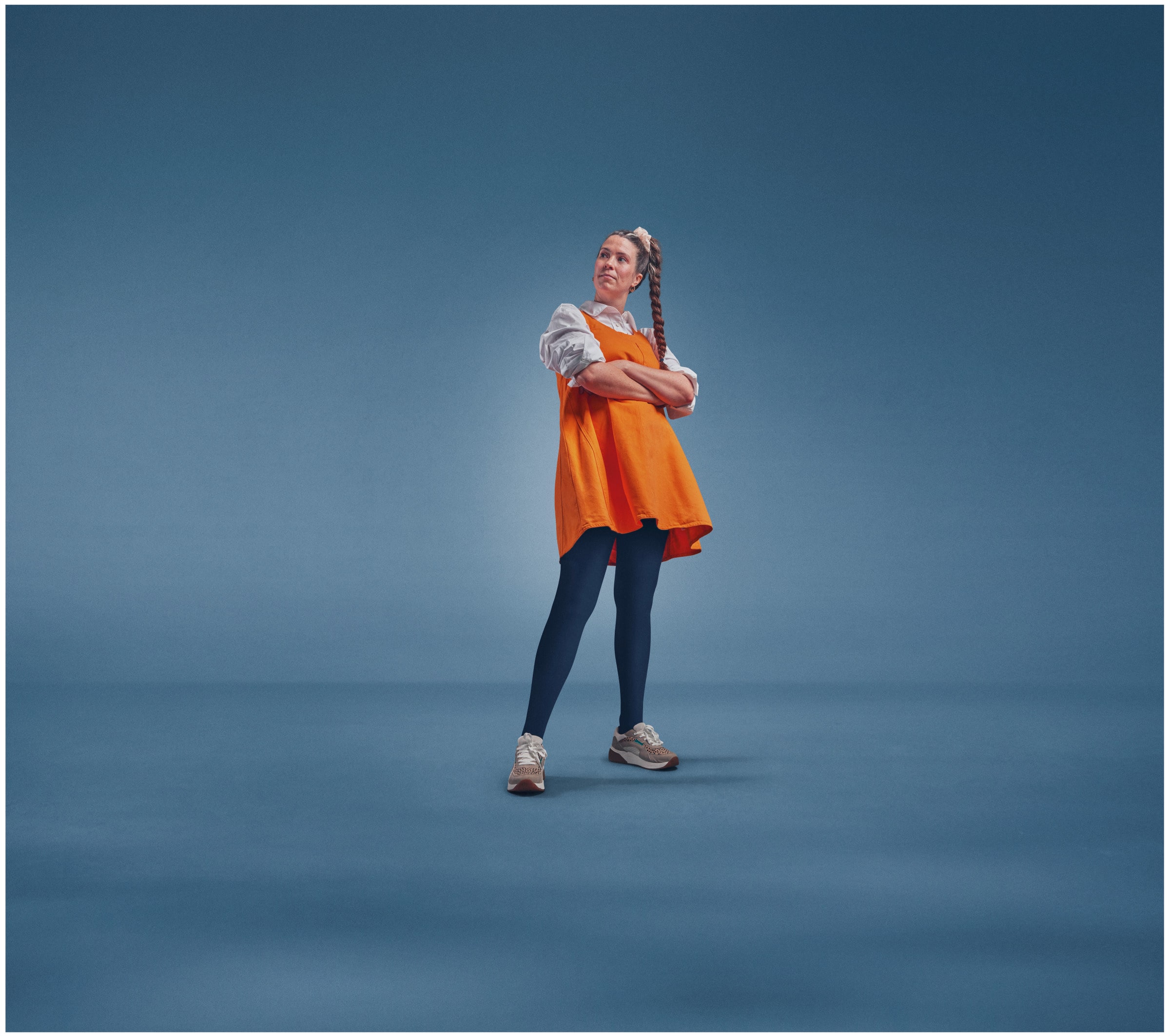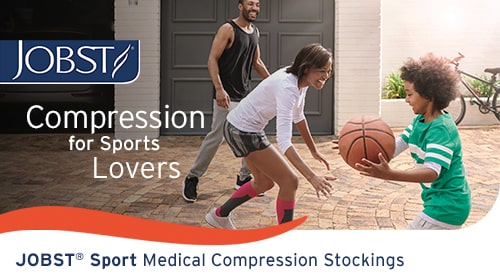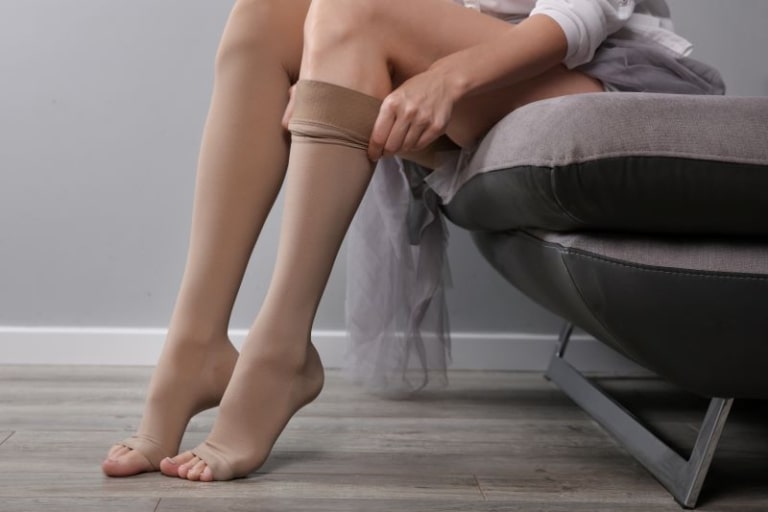Compression Stocking
For personalized fitting & advice, consult our in-store fitters.
Feel free to contact us if you require a prescription or doctor’s note for insurance coverage of compression stockings, braces, supports, or other eligible items (depending on your private insurance’s extended benefits). Our team may be able to help.







Our team can provide advice and guide you through this journey. Here’s an action plan that you can follow with your pharmacy

1.Consult: Talk to your doctor or pharmacist to see if compression stockings are right for you.
2.Measure: Get professionally measured by us to ensure the correct size.
3.Train: Learn the tools and techniques for best donning and doffing.
4.Ask: Find out the best times for wearing, cleaning, and maintaining.
5.Wear Daily: Wear all day, remove before bed.
6.Replace: Every 3-6 months or if damaged.
7.Monitor: Check for skin irritation and consult your doctor if issues arise.
2.Measure: Get professionally measured by us to ensure the correct size.
3.Train: Learn the tools and techniques for best donning and doffing.
4.Ask: Find out the best times for wearing, cleaning, and maintaining.
5.Wear Daily: Wear all day, remove before bed.
6.Replace: Every 3-6 months or if damaged.
7.Monitor: Check for skin irritation and consult your doctor if issues arise.
Request Our Service
Frequently Asked Questions
Got any questions? we’re here to help
When should you wear compression stockings?
Compression stockings are best worn first thing in the morning, kept on throughout the day, and removed before bed. It’s helpful to have at least two pairs, so you can alternate while one pair is being washed.
How many hours a day should you wear compression socks?
Compression socks should be worn all day and taken off before going to bed.
Who should avoid wearing compression socks?
Individuals with peripheral vascular disease affecting the lower limbs should avoid compression socks, as the pressure may exacerbate the condition.
What are the different grades of compression stockings & which one need a prescription?
- 15-20 mmHg (non-medical grade)
- 20-30 mmHg (medical grade)
- 30-40 mmHg (medical grade)
For medical-grade compression (20-30 mmHg and above), a doctor’s note is required for insurance coverage.
What are the different types of compression stockings?
- Knee Highs: Reach just below the knee.
- Thigh Highs: Extend to the thigh.
- Pantyhose: Go up to the waist.
The type chosen depends on your specific symptoms and needs.
I am uncertain whether I can secure the best price for my stockings at your store?
To facilitate your decision-making process, our team offers price matching for our existing customers. (including Taxes & shipping when applicable)
We invite you to visit our store and register on our website for future savings and expert advice.”
I’m struggling with putting on and taking off my stockings every day. Is there a way to improve my adherence?
Our team can offer free training for our customers on various tools and techniques to help you complete this crucial task easily every day in less than 10 minutes. At Main Drug Mart IDA we offer special offers up to 70% off on Donning & doffing Accessories for our current customers.
How much do you charge for the compression fitter consultation?
It is generally free for our pharmacy customers/patients.
We invite you to visit our store and register on our website for future savings and expert advice.”
Is there a way I can save on my annual compression stocking bill if it is not covered by my private extended benefit insurance plan?
Our team can discuss various seniors’ offers, manufacturer discounts, monthly flyer savings, etc.
We invite you to visit our store and register on our website for future savings and expert advice.”
Can compression socks help with swelling?
Yes, compression socks are designed to reduce swelling by applying gentle pressure, which can help prevent tired, achy legs and reduce swelling in the feet and ankles. They also aid in preventing and treating spider and varicose veins and can reduce dizziness when standing.
What level of compression stockings do I need?
- 15-20 mmHg: Offers relief from mild swelling, minor aches, and vein issues, especially useful during pregnancy and for DVT prevention during travel. This level is typically not covered by Ontario EHC as it’s not considered medical-grade.
- 20-30 mmHg: Commonly prescribed, providing firm compression to address moderate to severe vein issues, edema, and conditions like DVT and orthostatic hypotension.
- 30-40 mmHg: Provides strong compression for significant edema, severe varicose veins, DVT, and active venous stasis ulcers. This level should only be worn under a doctor’s supervision.
What does 15-20 mmHg mean for compression socks?
This non-medical grade compression is typically not covered by EHC benefits and is suitable for mild symptoms and preventive use.
Which brand of compression socks is the best?
There is no single “best” brand, as most offer similar benefits if they provide the recommended compression. Different brands may fit slightly differently, so trying a few may help determine your preference.